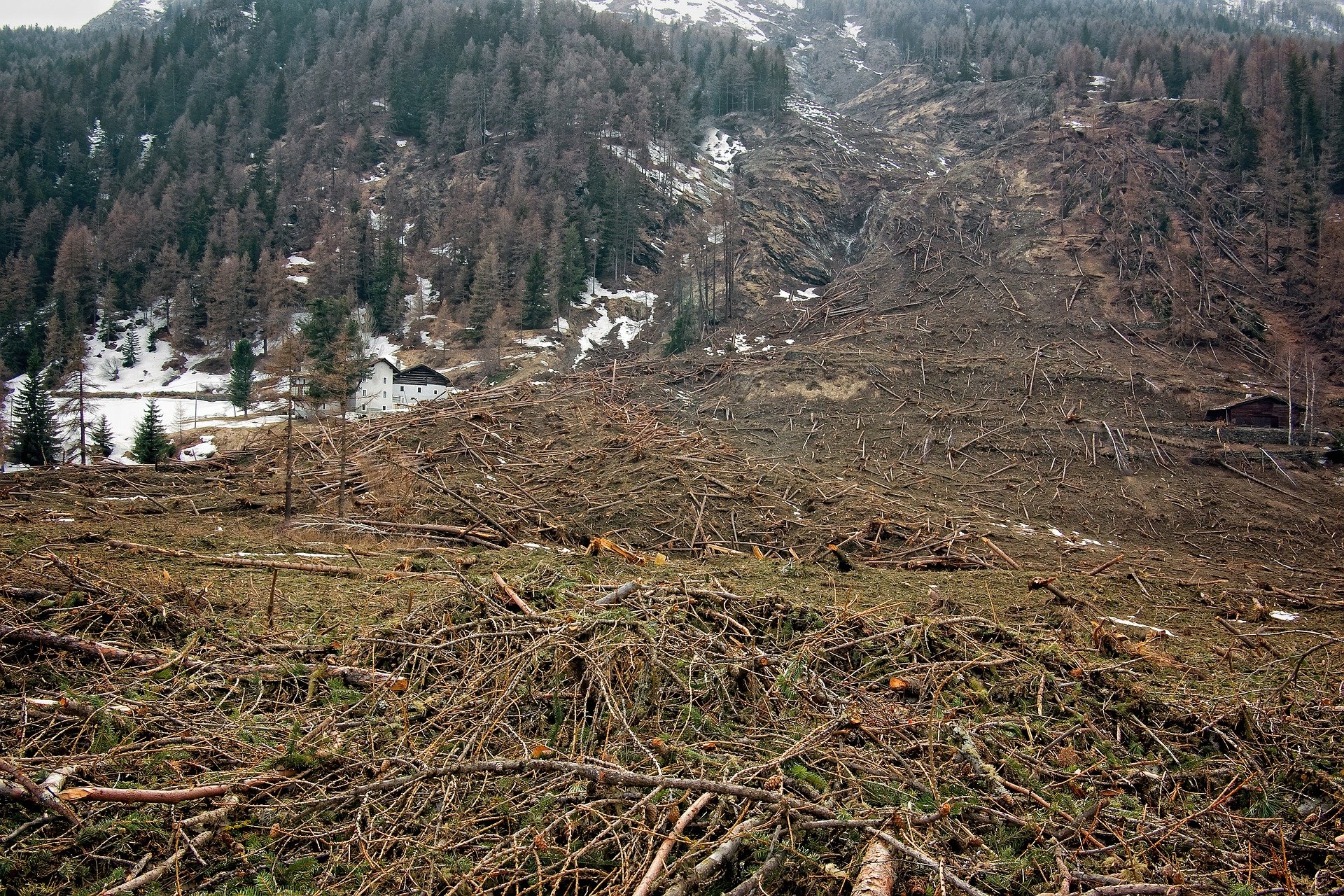
Researchers from seven institutions in Europe and the USA have combined previous findings on the global climate risk of forests, writes the Technical University of Munich in a press release.
They took three risk dimensions into account: First they used global vegetation models to assess the risk of a decrease in carbon storage by forests. Their analysis looked at how high the probability of carbon loss will be at the end of the century relative to today’s values. “The estimated risk of species loss was based on global species distribution models which calculate the distribution of species under a given set of climatic conditions,” says study co-author Rupert Seidl, Professor for Ecosystem Dynamics and Forest Management in Mountain Landscapes at TUM.
The scientists then took a closer look at the climate-related risk of disturbance, i.e. the probability of large-scale forest dieback, based on evaluations of global satellite data from recent years. “Each of these approaches has different strengths and weaknesses. But a combination of the various dimensions provides new insights into the global climate risk facing forests,” says University of Utah’s William Anderegg, lead author of the study.
Central European forests under pressure from climate change
Across all the risk factors analyzed, it was evident that forests in central and western Europe are subject to high levels of climate-related risk. “Here the probability of climate-related disturbances is high. Species that are currently important components of the system could disappear and the amount of carbon stored could be reduced. The analyses confirm regional observations made in recent years,” says Prof. Rupert Seidl. “This emphasizes the fact that our forests in central Europe are experiencing increasing pressure from climate change.” Other areas with high climate risk are the southern boreal forest, for example in Canada and Russia, as well as drier areas in the tropics such as the eastern Amazon.

Forest development under climate change remains uncertain
However, the study also shows that there are still great uncertainties relating to climate risk for forests. For each risk factor, the scientists investigated not only an individual model, but rather compared a number of approaches – often finding little agreement among the different approaches. In addition, divergences between individual risk factors emerged, pointing to uncertainties in the global development of forests in climate change and highlighting the need for further research.
“Our projections are only as good as the underlying models,” says Seidl. “We urgently need better data and experiments to make the models more robust.” Anderegg adds: “Specifically, climate-related disturbances and the subsequent recovery have to be better represented in forest models in order to reduce uncertainty in future forest developments.”
Selected for you!
Innovation Origins is the European platform for innovation news. In addition to the many reports from our own editors in 15 European countries, we select the most important press releases from reliable sources. This way you can stay up to date on what is happening in the world of innovation. Are you or do you know an organization that should not be missing from our list of selected sources? Then report to our editorial team.







